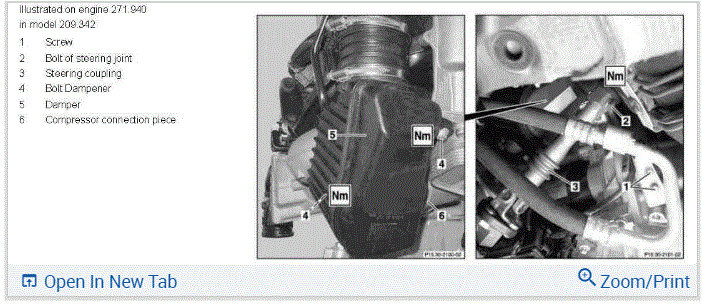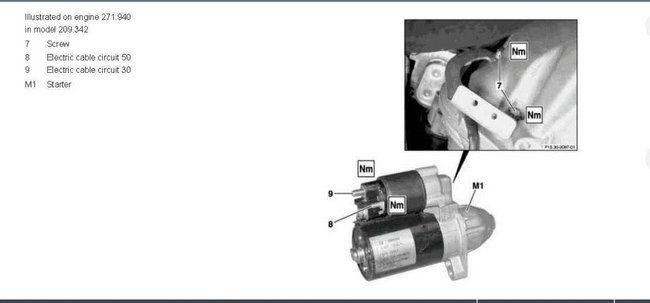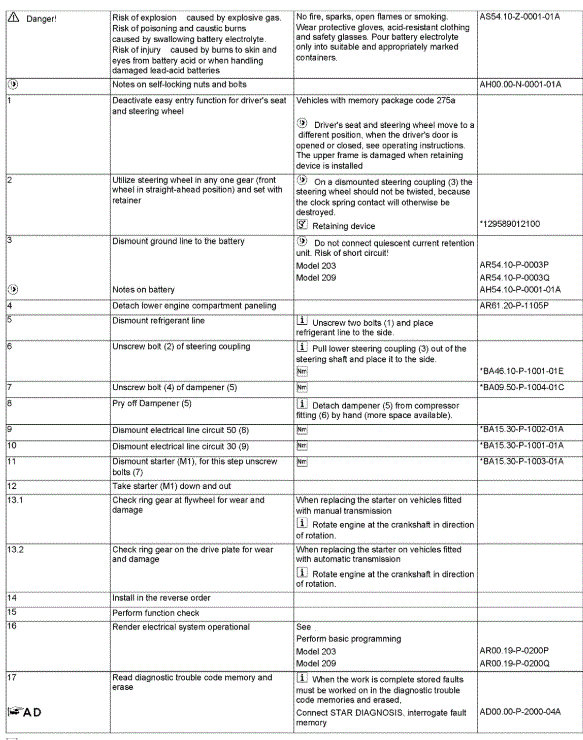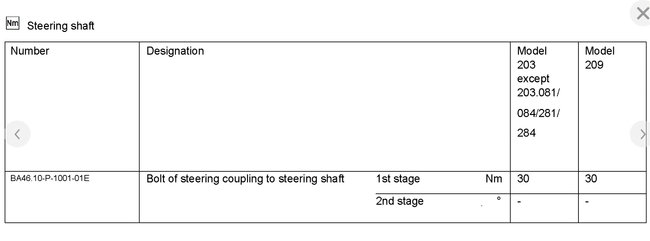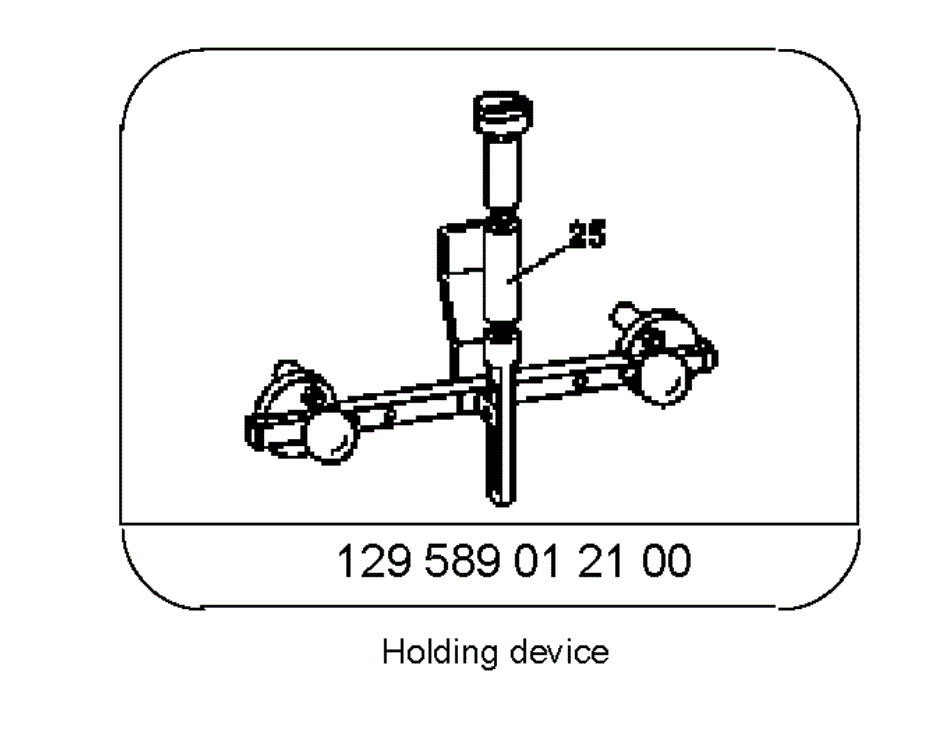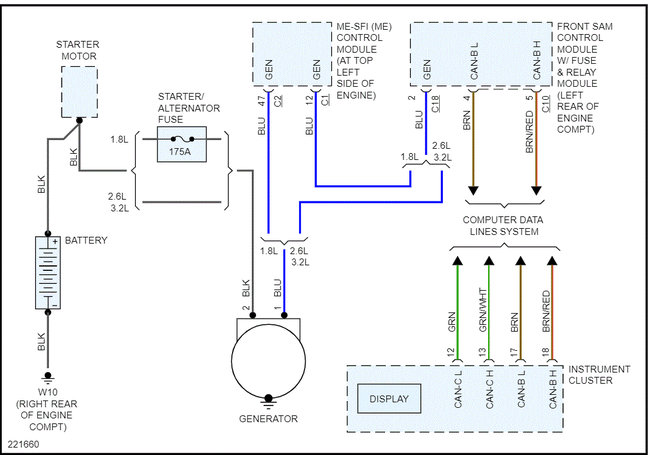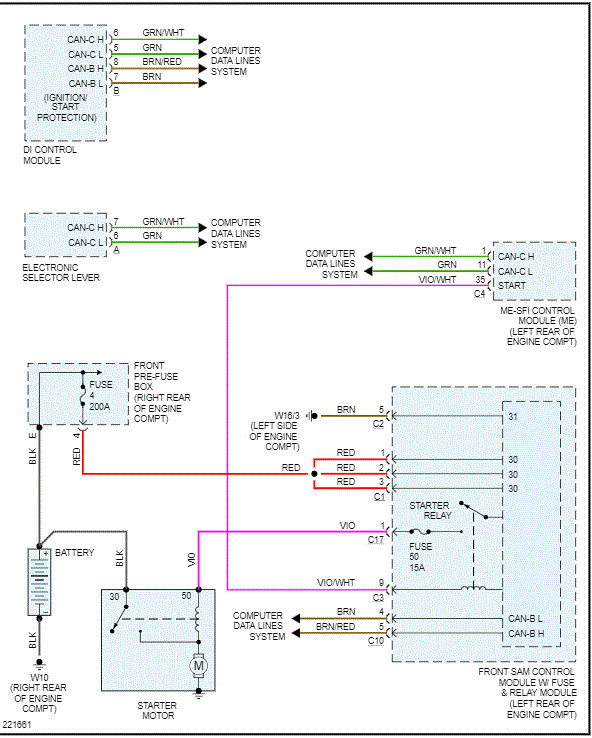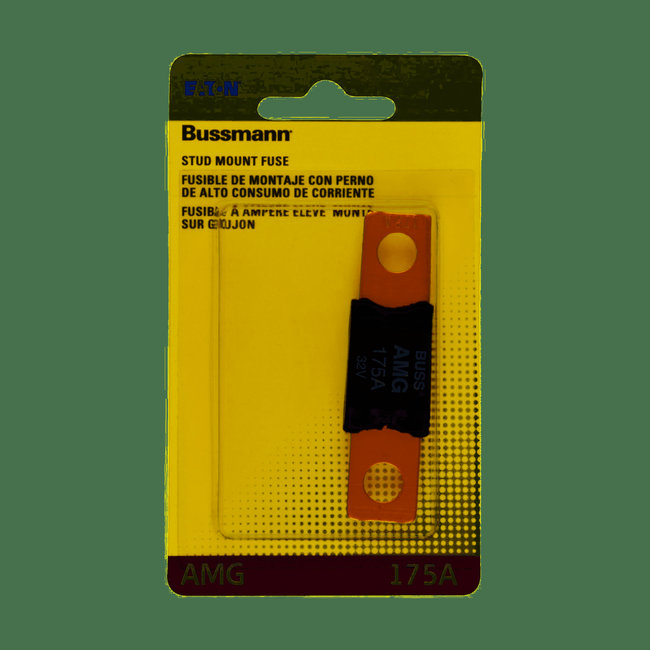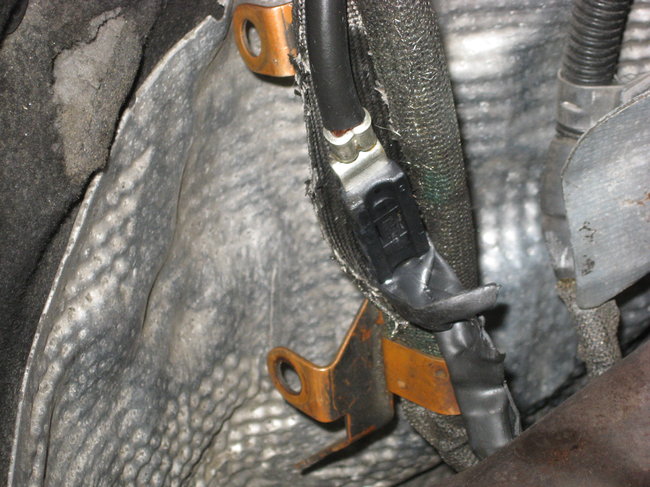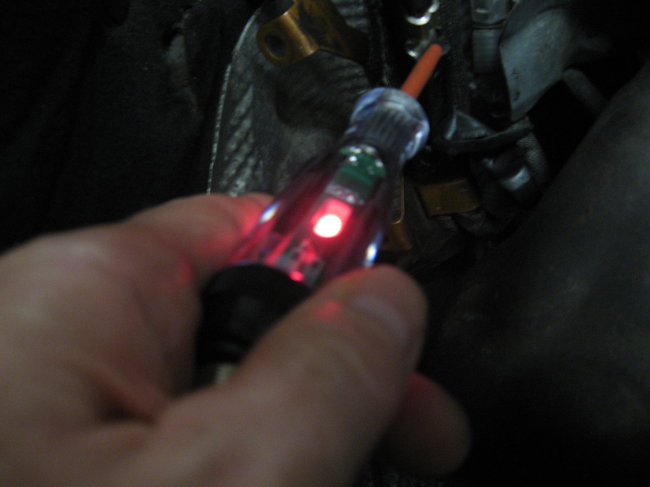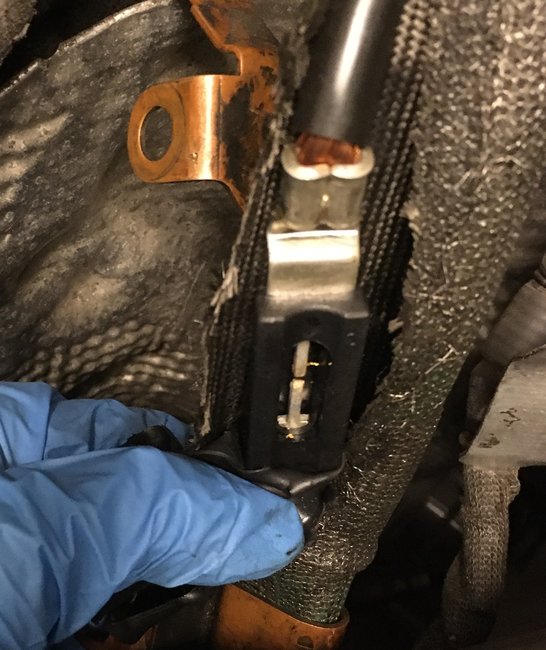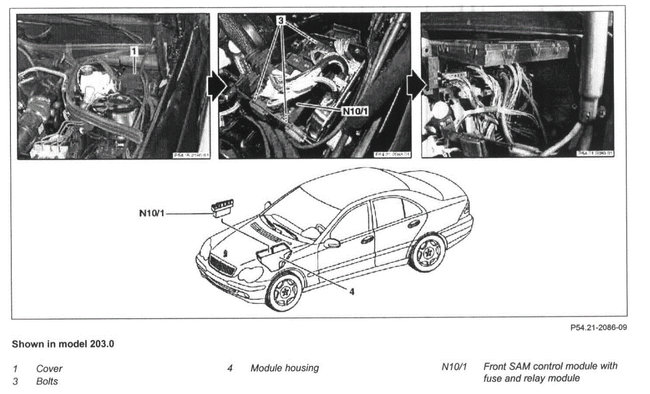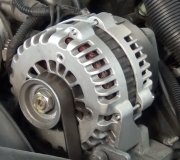It is possible for damage to it. Also, the voltages you mentioned and normal. I've seen them over 14 with no issues. Actually, with the engine running and things off, 14 is what I consider to be a target voltage.
Switch the two sam modules and let me know what happens.
I don't know if you need it, but here are the directions for removal and replacement of the front SAM module.
____________________________________
2005 Mercedes Benz C 230 (203.040) L4-1.8L SC (271.948)
AR54.21-P-1260P Remove/Install SAM With Fuse and Relay Box, Left Front
Vehicle Powertrain Management Relays and Modules - Powertrain Management Relays and Modules - Computers and Control Systems Body Control Module Service and Repair Removal and Replacement AR54.21-P-1260P Remove/Install SAM With Fuse and Relay Box, Left Front
AR54.21-P-1260P REMOVE/INSTALL SAM WITH FUSE AND RELAY BOX, LEFT FRONT
AR54.21-P-1260P Remove/Install SAM With Fuse and Relay Box, Left Front
Shown In Model 203.0
Pic 1
DANGER:
- Risk of injury in the form of trapping or crushing, or even severing of limbs, if caught in windshield wiper mechanism
- Always remove ignition key when working on windshield wiper mechanism.
1 Set wiper arms to vertical position
DANGER:
- Risk of explosion from explosive gas. Risk of poisoning and caustic burns from swallowing battery electrolyte. Risk of injury through burns to skin and eyes from battery acid or when handling damaged lead-acid batteries
- No fire, sparks, naked flames or smoking.
- Wear protective gloves, acid-resistant clothing and safety glasses. Pour battery electrolyte only into suitable and appropriately marked containers
2 Disconnect ground cable of battery
CAUTION: Do not connect quiescent current retention unit due to risk of short-circuit.
3 Unlock and remove cover (1) on module housing (4)
NOTE: Installation: Check gasket for damage
4.1Remove injection system control module
4.2Remove front SAM control module with fuse and relay module (N10/1) from guide.
5 Unscrew bolts (3)
6 Release and remove connectors
NOTE:
- At top on front SAM control module with fuse and relay module (N10/1)
- Removal: Disconnect cables from control module and fuse and relay box
- Installation: Connect cables on control module and fuse and relay box
7 Expose wiring harness.
8 Remove front SAM control module with fuse and relay module (N10/1) upwards.
NOTE: Pull out only until connectors are accessible from below.
9 Release and remove connectors
NOTE:
- At top on front SAM control module with fuse and relay module (N10/1)
- Removal: Disconnect cables from control module and fuse and relay box
- Installation: Connect cables on control module and fuse and relay box
10 Remove front SAM control module with fuse and relay module (N10/1).
NOTE: When replacing, the fuse and relay assignment must be inspected.
11 Install in the reverse order
12 Perform basic programming
13 Read diagnostic trouble code memory and erase
14 Check for proper function
_______________________________________
Let me know what you find.
Joe
Image (Click to make bigger)
Tuesday, July 28th, 2020 AT 6:59 PM
